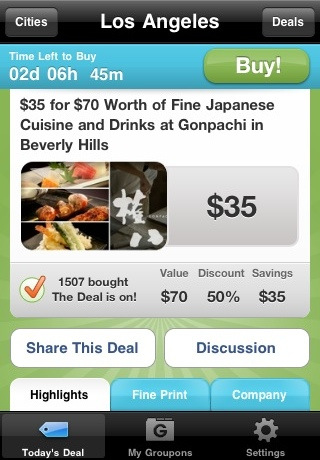Hinda’s Own Stacey Wilson Talks to Premium Incentive Products about Employee Engagement
The latest issue of Premium Incentive Products magazine features an Employee Engagement Roundtable moderated by associate editor Deborah L. Vence which focuses on game components, social media and mobile as leading industry trends. Vence starts off by raising the point that having engaged employees leads to better service, customer satisfaction and overall profits. Hinda vice president, client services Stacey Wilson offered her input on employee engagement from the Hinda perspective.
Wilson begins by offering her observations of some of the trends taking place in employee engagement programs, namely that they are re-emerging after having dropped off somewhat during the Great Recession. “I think employers are feeling vulnerable to losing their good employees, and they need to get back to developing incentive programs that generate engagement,” she says. “Hinda is seeing a comeback of those mid-sized programs that were cut a few years back.”
She adds that she sees the trend leaning toward social media, gamification and mobile, and that it’s through these avenues that engagement will see a boost, but she mentions that “we are still trying to identify how well these initiatives will ‘stick’ in the industry.”
Wilson notes that the key is understanding that you need your employees to help build your business. Incentivizing both veteran and newcomer employees as the job market improves is imperative in order to make your business grow and prosper as opposed to flatlining.
She also points to social media as having an increasing role in the company, especially when it comes to employees who work from home and those with flex schedules. “Social media has been a key initiative in maintaining engagement among employees as well as engaging off-site workers,” she says. “The key in any engagement program is to ensure that off-site workers are receiving the same benefits as on-site. Off-site workers need to be self-motivated but need to feel as part of the team, as well.”
As a final thought, when asked about the outlook of employee engagement over the next few years, Wilson says, “I think it is important that the focus remain on the employee. The quality of your team is what is truly important.” Now that’s a concept we can all get behind!
Read the full article here.




